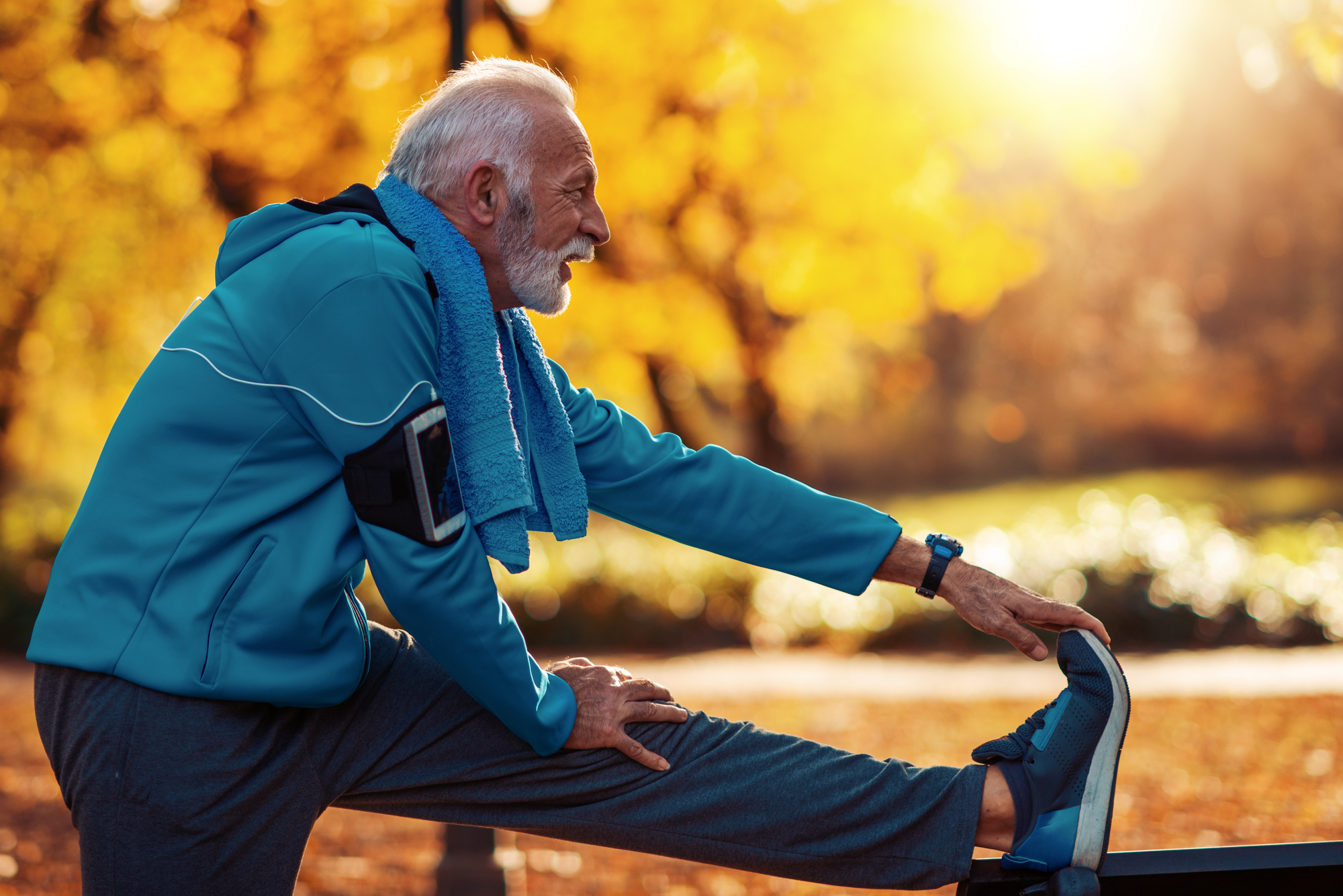The best exercise for diabetes
The best exercise for diabetes is something low impact for a long time like walking or casual swimming. Diabetics have unique challenges when considering exercise. The first thing is to talk with your doctor about the types of exercises to do and the types to avoid. Blood sugar plays a huge part in all of this and diabetics need to follow advice from their doctors. I have learned how my body reacts to exercise so I have included some special considerations about exercise and blood sugar below.

A Continuous glucose monitor is essential to know exactly where your blood sugar levels are before, during and after exercise. Diabetics are especially sensitive to the results of exercise and it really helps to see minute by minute how your blood glucose levels are behaving while you exercise.
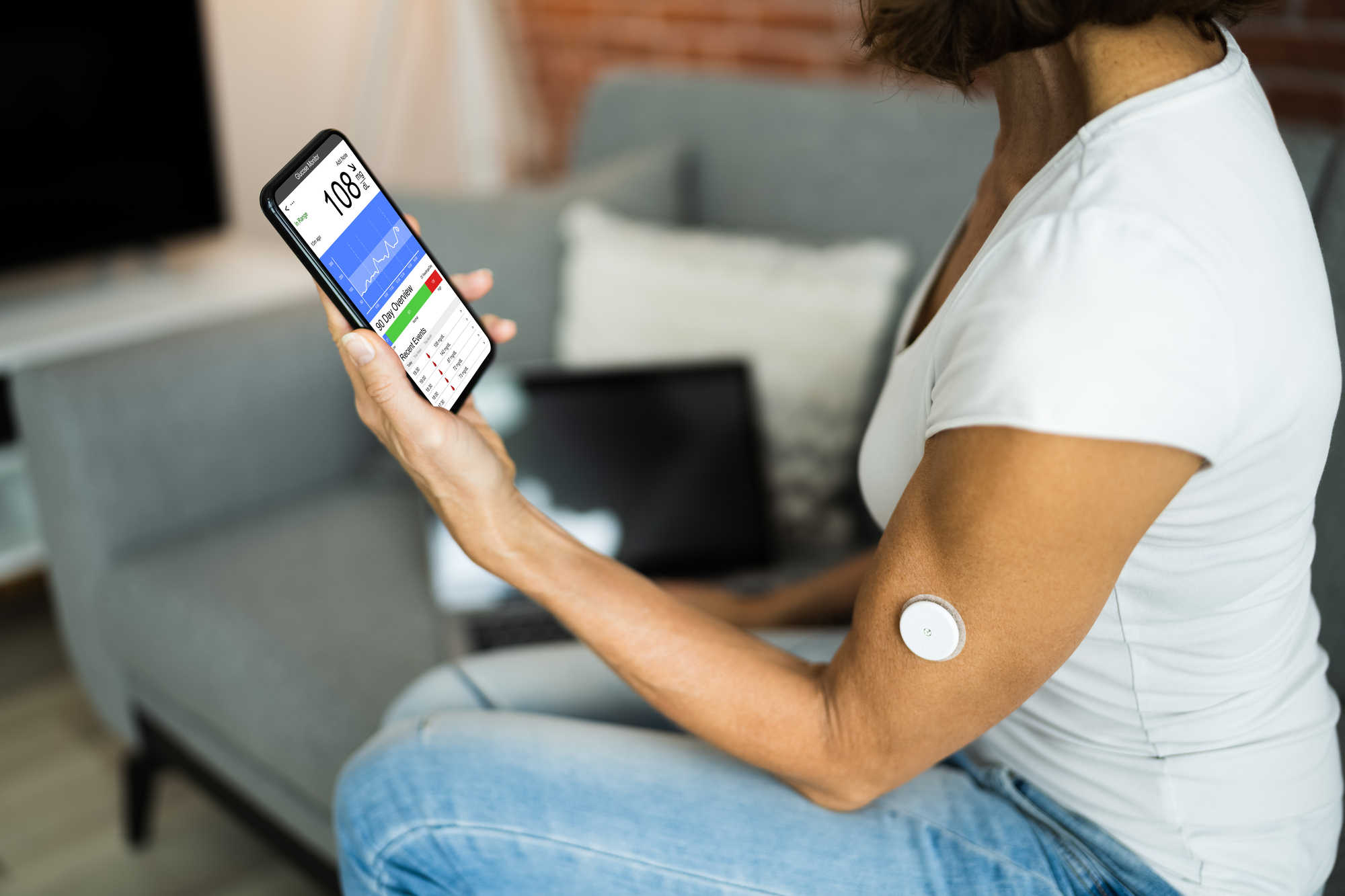
I have noticed for me personally that when I exercise, my blood glucose levels slowly fall. I use my CGM to help me get the amount of exercise I need, but also to help me avoid going too low and having a low blood sugar crash that causes me to have fatigue, sweats and nausea.
Best exercise for diabetes for you to consider
If you have just started to exercise after being sedentary for years, you will want to monitor your blood glucose levels and exercise gently at first. I think that walking is the best exercise for most diabetics because the muscles you need are already toned, but then you can push your body beyond a normal walking distance and start burning stored fat. Experts recommend that you get at least 150 minutes of exercise a week doing things like:
- Fast walking
- Bicycling
- Lap swimming

Fast walking is probably the best overall exercise for most diabetics because it's low impact.
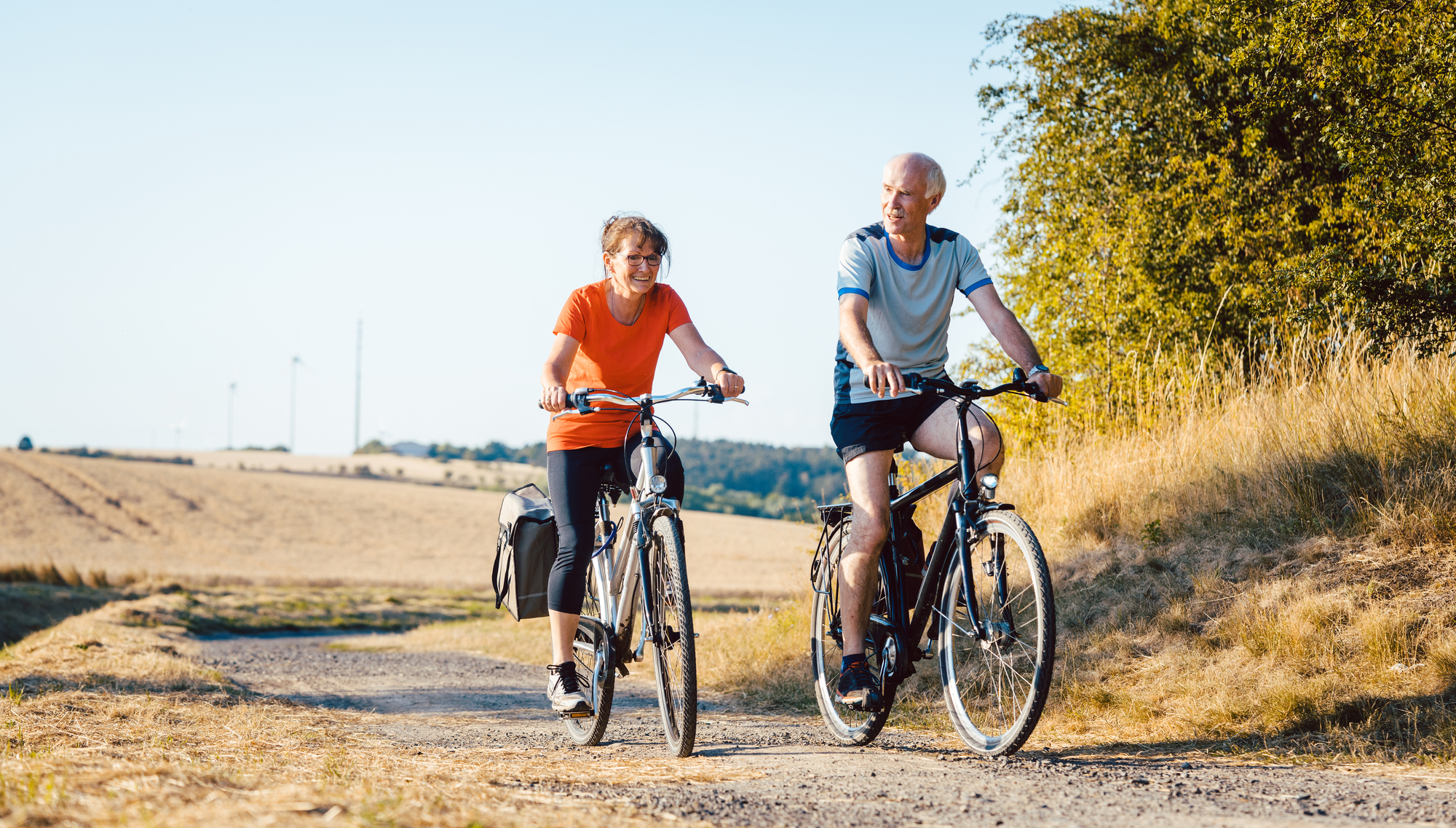
Bicycling is a fun way to get exercise. It's fairly low impact also.

Swimming is low impact if you take it easy. It uses more muscle groups than most exercises.
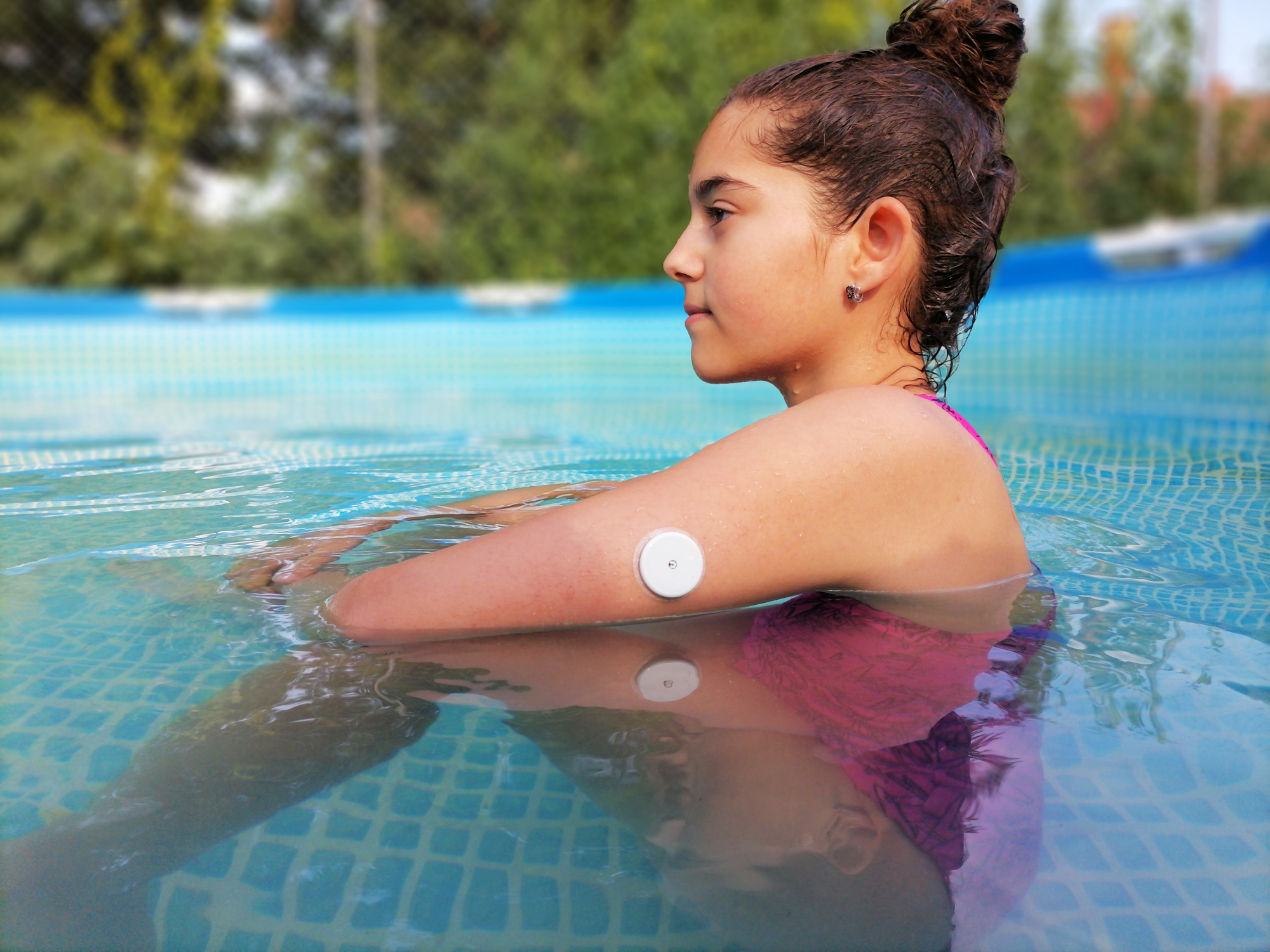
Most CGMs are water proof as long as you don't dive too deep (3 feet) and swim for a long time. (over 1 hour)
I usually see what my blood glucose levels are before I exercise. For me personally, I need my blood glucose levels to be over 100 when I start my exercise. If it is below that amount, I eat a small amount of protein and carbs and then start exercising. This prevents me from having a blood sugar crash and it also helps me take full advantage of the exercise by burning fat.
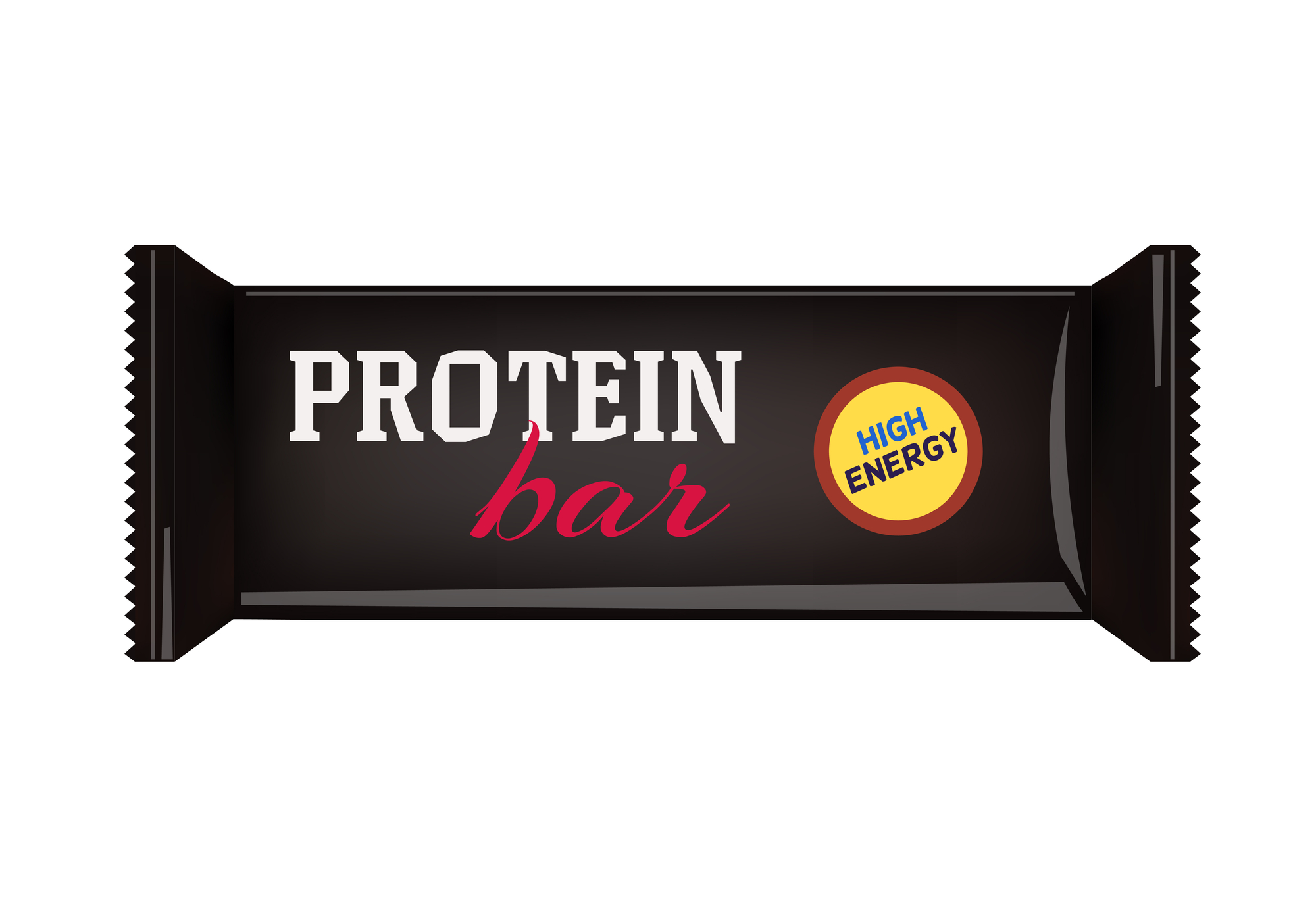
I f I am going for a walk or a bike ride, I always take an RX bar in case my blood glucose levels drop too much.

I also take a small bag of glucose tablets with me in case my blood sugar levels drop too quickly and I need quick glucose increases.
I prefer to have a nice mix of protein and carbs if my levels aren't dangerously low, but there are times where glucose tablets are a quick fix to restore my levels within a few minutes.
When I have blood sugar crashes, my hormones suddenly become out of balance causing confusion, lethargy, sweating and nausea. When that happens, I'm glad to have these tablets on hand.
There is an excellent article about Diabetes and exercise at the Mayo clinic. It teaches how diabetics can start exercising and how to prepare for it and what to avoid.
Best exercise for diabetes should always include stretching

An important part of any exercise is adequate stretches. It's even more important for those of us who are no longer young and agile. We sometimes pull muscles by simply turning our heads at a traffic stop. An exercise routine should start out with stretching.
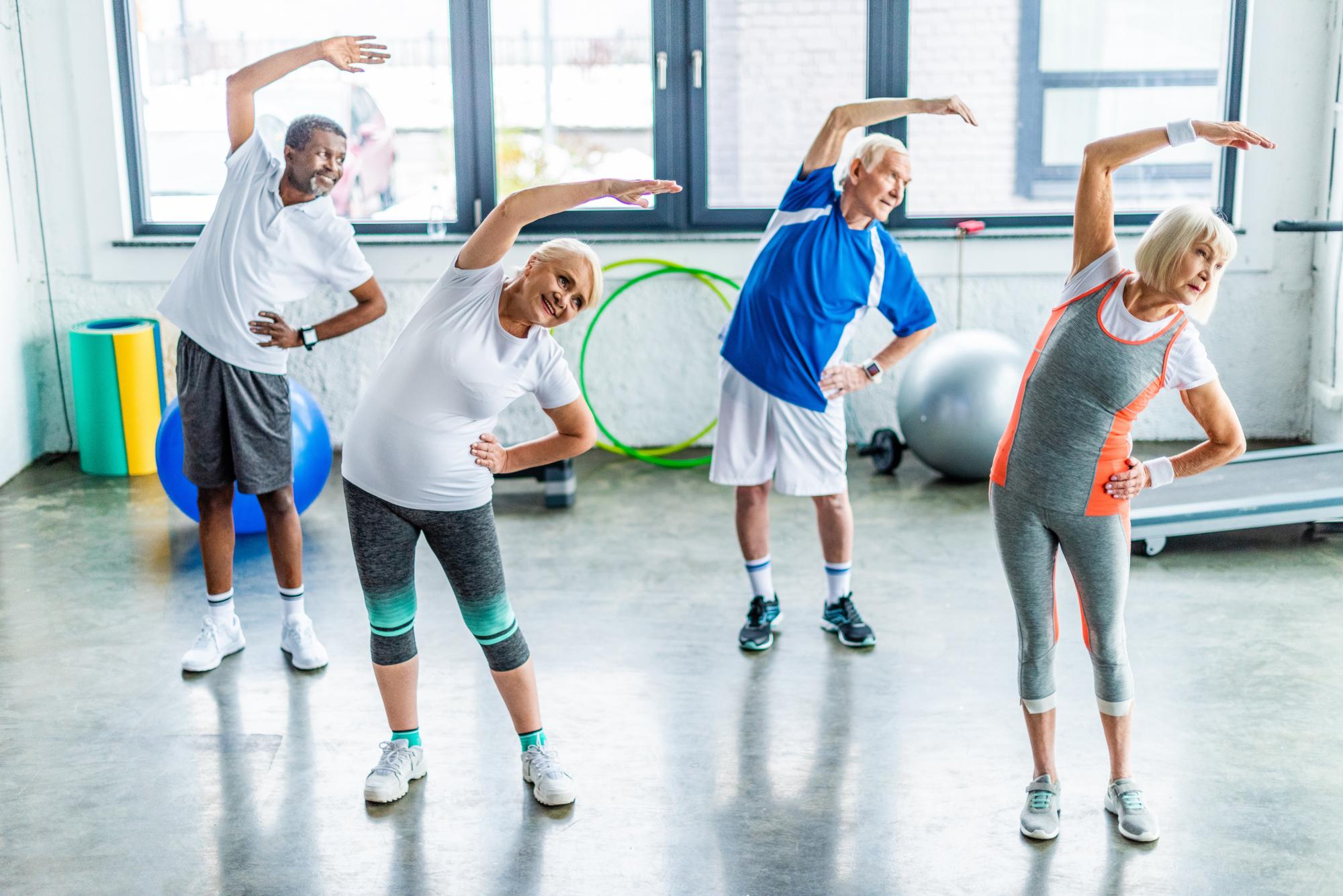
Go slowly at first, especially if you haven't led an active life recently. Our muscles don't have the elasticity that they had when we were younger. If we injure ourselves, we also take longer to heal than when we were young.
Walking is the best overall exercise for diabetics because it uses muscles that are already being used. Still, there are exercises that are helpful to prevent the injury of muscles that are sedentary. You will uses more muscles when you improve your walking regimen to include fast walking or slow jogging.
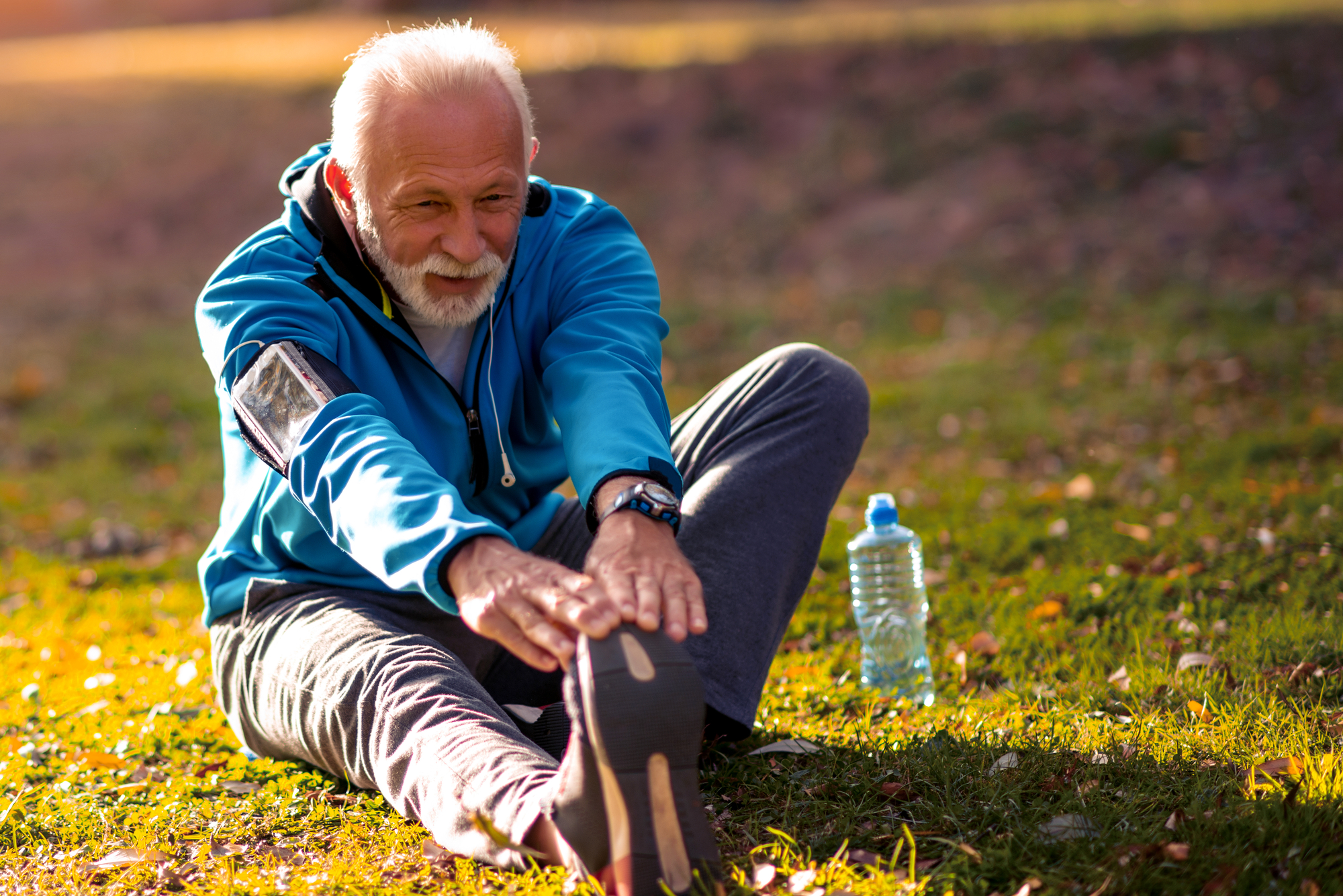
When you do your stretches you will want to stretch back muscles very gently. Remember that flexibility will come the more you stretch if each time you try to stretch a little more until you get to the level of flexibility you need for fast walking or jogging. It shouldn't be painful though.

Stretching the muscles in your legs will mostly be to warm up muscles that connect the back to the butt and thigh biceps. These are also muscles that get injured most often and they can cause back problems if not properly stretched.
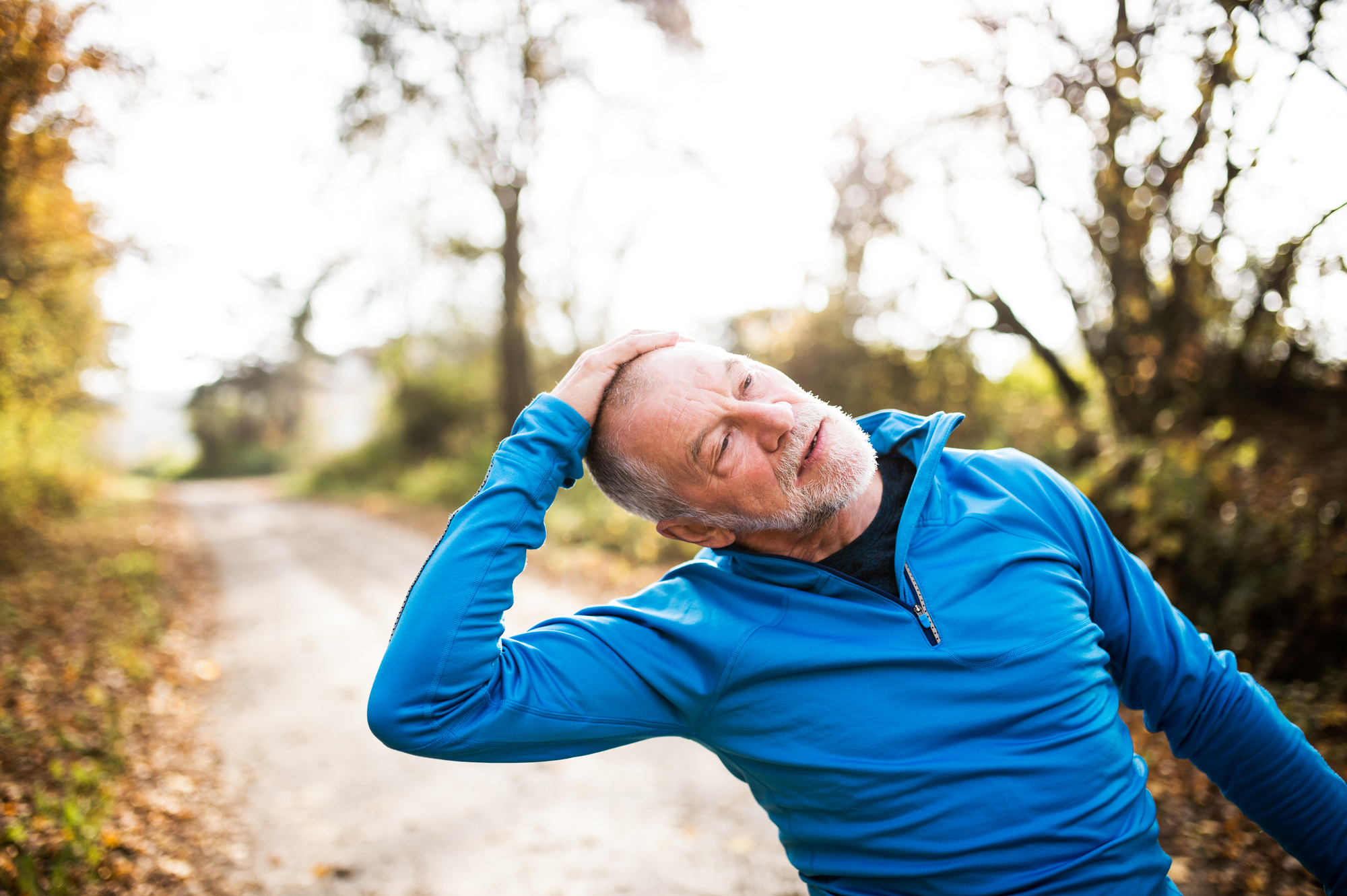
Neck and upper back stretches are more important than you may think. It only takes a few short stretches to adequately warm up those muscles, but it's time well spent in preventing painful injuries. Our heads are heavier than we realize and the muscles supporting and moving them around are working much harder than we think they are.
Proper stretches and warm ups will help get the blood flowing to the muscles we need before we use them for walking, biking or swimming.
